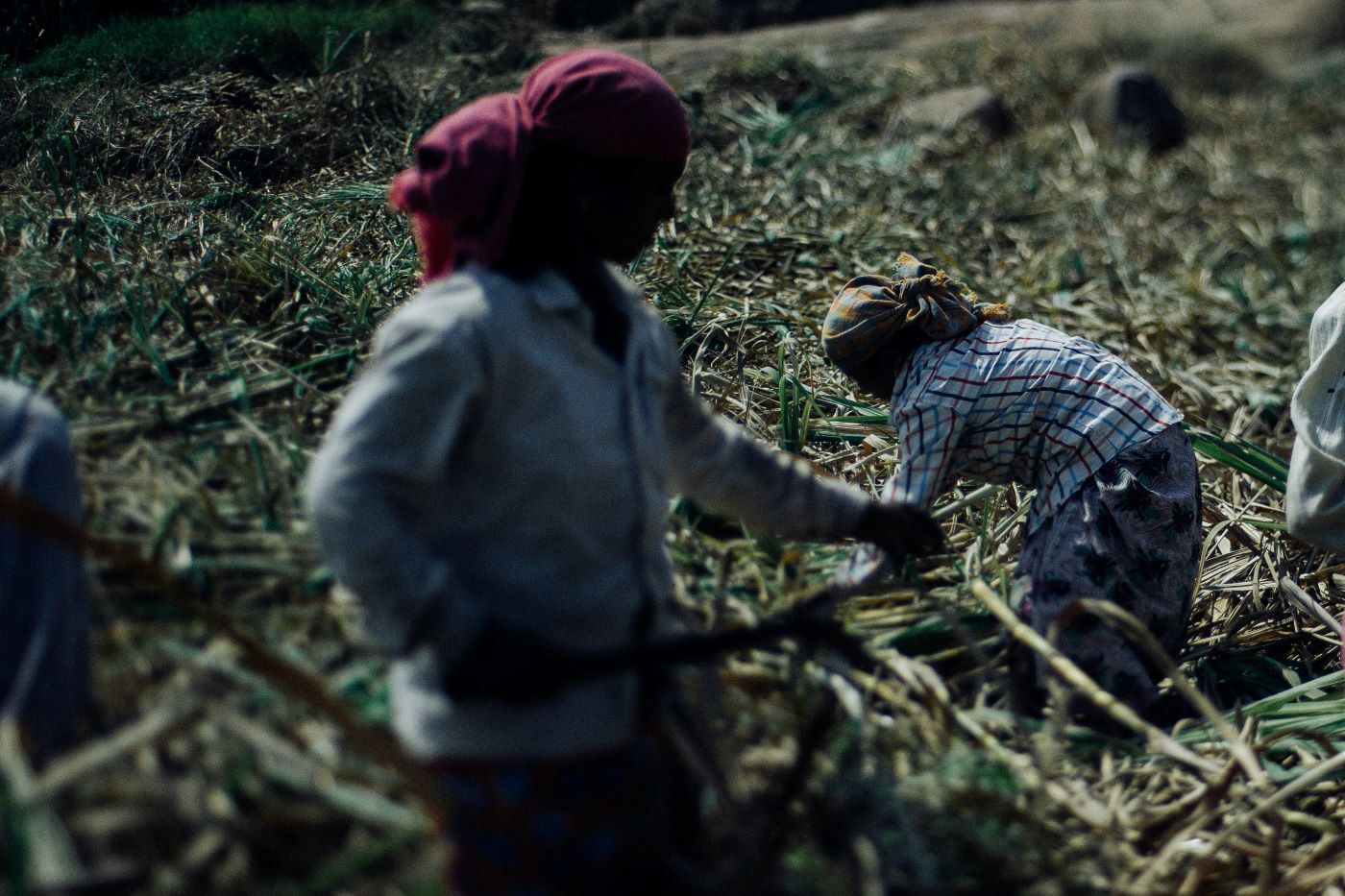This paper is the first to provide estimates of how minimum wages affect worker flows and employment growth rates in an employment scarce developing country context. We investigate the effects of a large, exogenous increase in agricultural minimum wages in South Africa. We find that changes occurred primarily among non-seasonal workers.
Non-seasonal agricultural employment growth decreased in the initial periods after the minimum wage hike. This was mainly driven by slower rates of entry. The effect on the rate of entry decreases over time. While farms also responded by shedding non-seasonal workers at higher rates, this negative effect was limited to 1 year directly after the minimum wage hike.
Employment growth recovers 4 years after the policy shock, indicating that firms adjusted relatively quickly despite the large legislated minimum wage increase. Seasonal employment growth and rates of entry and exit of seasonal workers were for the most part unaffected. Descriptive statistics, however, suggest a slight compositional change among seasonal workers: Farms replaced the worst paid seasonal workers with other low-income workers who were slightly better paid and presumably more productive.
DOWNLOAD PDF




